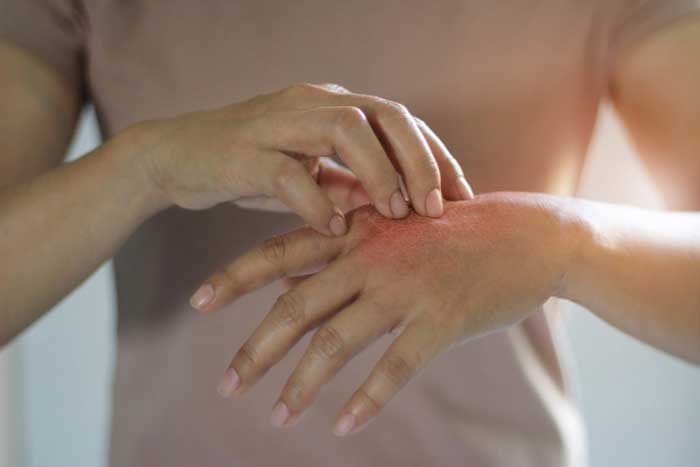Types of Skin Infections
Know different types of skin in Salt Lake City, South Jordan

The purpose of skin is to protect against infection, but sometimes the skin itself becomes infected. Learn about the four different categories of skin infections so you can seek proper treatment.
Types of Skin Infections
- Bacterial skin infections occur when bacteria enter the body through a cut or scratch. If you have a break in your skin, clean and disinfect it promptly to lower the risk of infection. Some common types of bacterial infections include folliculitis, impetigo, and cellulitis.
- Fungal skin infections are caused by fungi, making them most likely to develop in damp areas of the body, such as the feet, armpits, groin, or under the breasts. Many fungal infections are mild and not contagious, and most are non-life-threatening. Examples include tinea pedis (athlete’s foot), yeast infection, nail fungus, and ringworm.
- Viral skin infections are caused by viruses and can range from mild to severe. They are less common than bacterial or fungal infections. Effective treatment may require intervention from a dermatologist. Examples of viral skin infections include cold sores, warts, Molluscum contagiosum, and shingles (caused by the same virus as chickenpox).
Symptoms of Skin Infections
The precise symptoms depend on the infection you have. Still, some of the most common symptoms shared among many types of skin infections include:
- Rash or redness of the skin
- Bumps or lesions
- Itching
- Pain
- Tenderness
See a dermatologist if you exhibit signs of a severe infection, including:
- Pus-filled blisters
- Sloughing or breakdown of the skin
- Discolored, painful skin (these are signs of necrosis or death of infected skin and tissue)
Diagnosing Skin Infections
Doctors can often identify and diagnose common skin infections on sight. Your doctor may also ask questions about how and when your infection developed. In some cases, a biopsy may be required, which is when a small sample of infected tissue is removed and examined to aid in the diagnostic process.
Skin Infection Treatments
The proper therapy depends on the type and severity of the infection. Many infections clear up on their own without treatment. Try at-home care first, and if your rash doesn’t improve, speak with a dermatologist.
We recommend the following:
- Apply topical antibiotics to bacterial infections.
- Apply the topical antiviral medication to viral infections.
- Use over-the-counter antifungal sprays and creams on fungal infections.
- Apply a cold compress to soothe irritated skin.
- Take oral antihistamines to reduce itching.
- Ask your doctor for specific tips based on your situation.
If you’re struggling with a bacterial, viral, fungal, or parasitic skin infection, call 801-266-8841 to schedule an appointment with our Salt Lake City dermatologist today. We’ll provide the most effective treatment possible for your particular condition.
